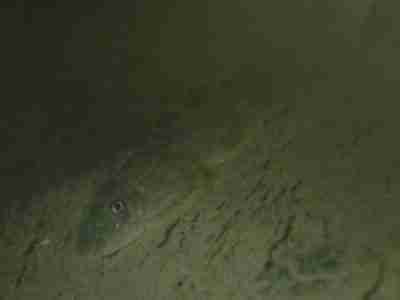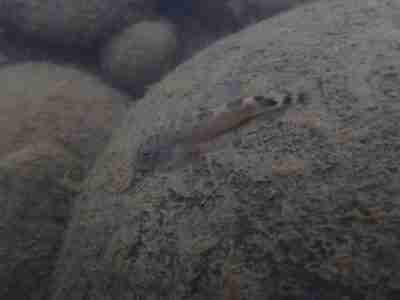
The Qishan river in Kaohsiung, Taiwan holds many interesting cool water loaches. Many of the hillstream loaches are not common in the aquarium trade. As with other similar loaches, Sinogastromyzon nantaiensis require faster-moving water and well-oxygenated water.
S. nantaiensis inhabits the middle reaches of the stream in areas with sandy and fine gravel bottoms. It prefers these cool swift currents and its body shape helps it thrive in this resource-rich zone.
In Southern Taiwan, there are several other loaches that inhabit the same rivers and streams as S nantaiensis. Many can be housed in the same tank under the same conditions. Turning the water over with higher filtration can help simulate the fast flowing streambeds they prefer.
Their fin and body shape help them hold fast onto large rocks in the current. Here they eat organic debris like algae, small crustaceans, and tiny insects. Living among cracks and crevices in the boulders they blend in well as they dart around looking for food and shelter. In the aquarium, their behavior is much the same.
Nitrate (NO3) mg/l – 10
Nitrite (NO2) mg/l – .25
Carbonate Hardness (KH) – 15d
pH Value – 8.0
Carbon dioxide (CO2) mg/l – <15
– Newt Jhuang
Ideally, a 30-gallon tank should be provided. Often hillstream loaches are targetted for community tanks in the pet store but they need cooler water, more oxygen and more water flow rate than most simple community tanks. Adding a powerhead to one end of the tank will increase current and many hobbyists use spray bars to add to oxygenation and water movement. Powerheads and internal filters can increase water temperature so if your water temperature is already at the high end consider only using an external filter like a canister filter or a hang on back (HOB) filter to help keep water temperature as low as you can without a chiller.

Most hillstream loaches do better with multiple tankmates of the same species. Other similar species can be housed together as conditions permit. Sinogastromyzon nantaiensis prefers water temperatures between 65 to 75 degrees and many other loaches from the same region also prefer these temps. PH in normal tap water will be sufficient as they can tolerate 7 to 8 pH but avoid rapid shifts in the pH.
Sand substrate and plenty of smooth rockwork for hillstream loaches to hide and graze on will be well received. Additional lighting will help grow a film of algae to allow grazing on diatoms to supplement their diet and to encourage happiness among the fish.
If prepared to keep a cool water tank with adequate water flow hillstream loaches can be kept successfully and even bred. Average community warm water tanks are not the best fit for hillstream loaches though and should be avoided. When happy you will be happy as well watching them dart back and forth from station to station eating and exploring their environment.
 Biotope One A Study of Flora and Fauna
Biotope One A Study of Flora and Fauna 


